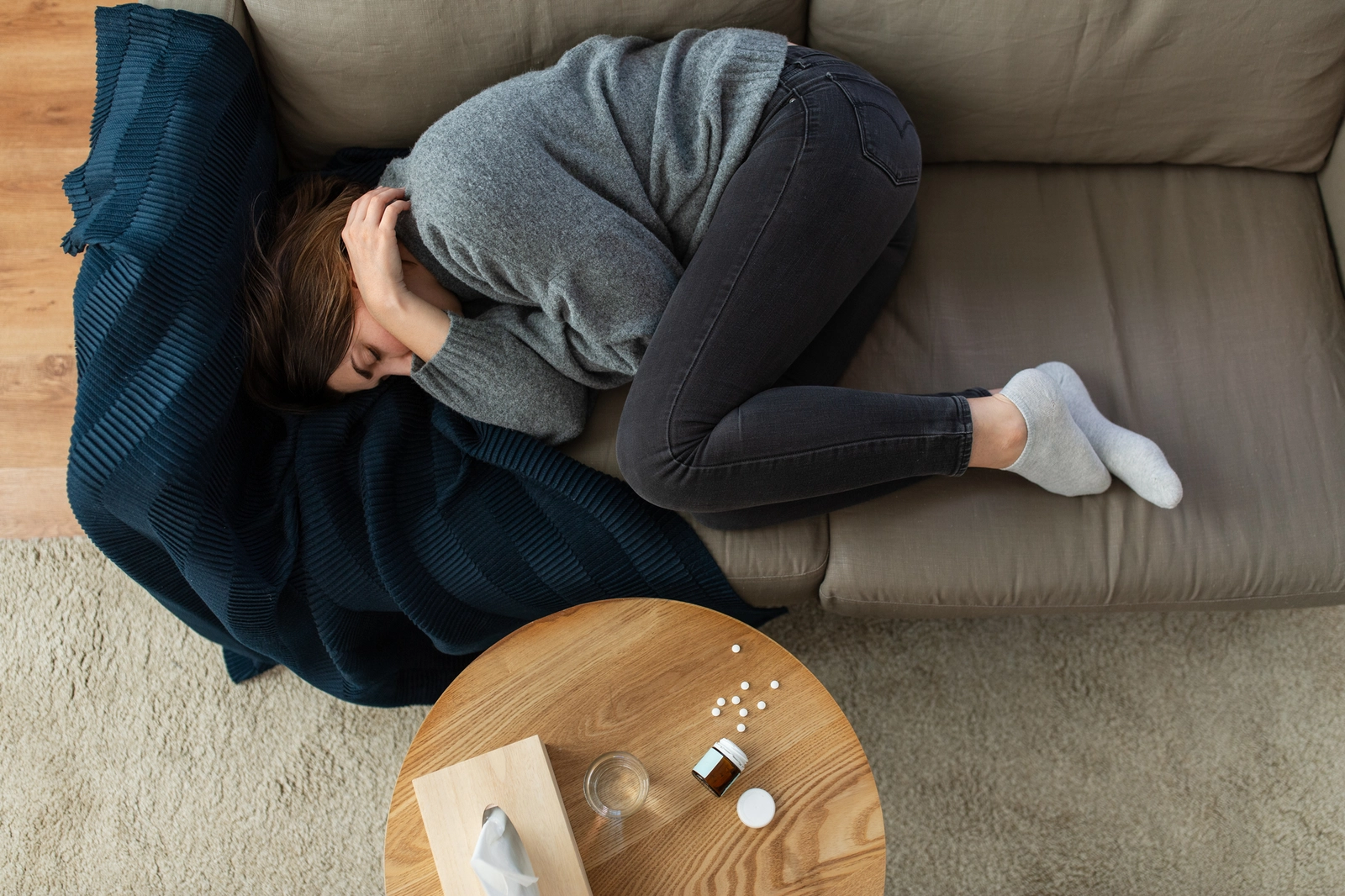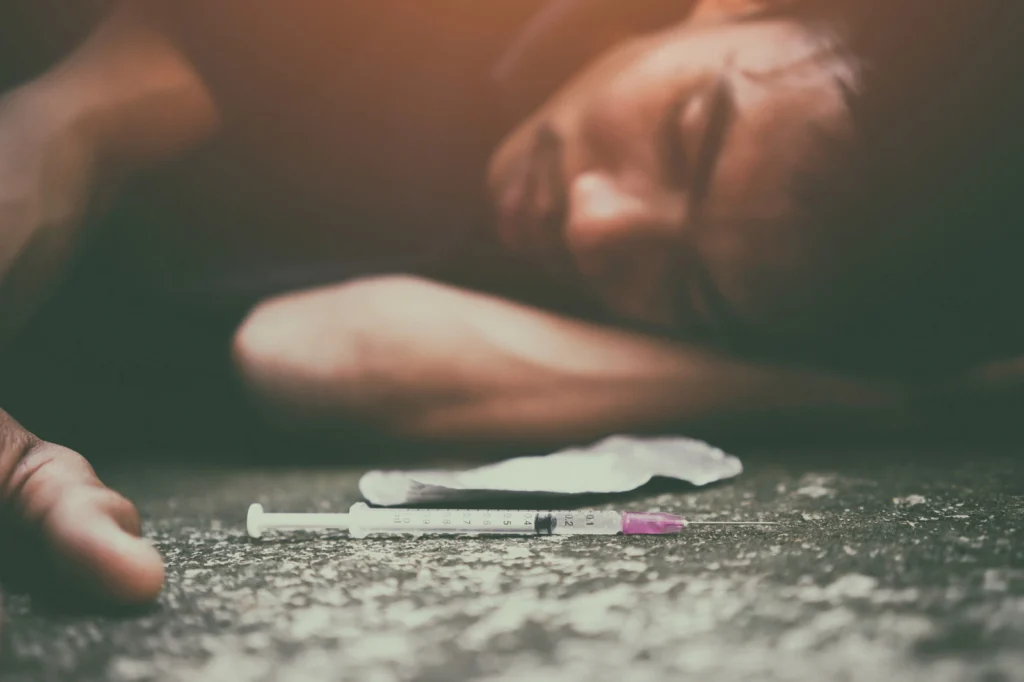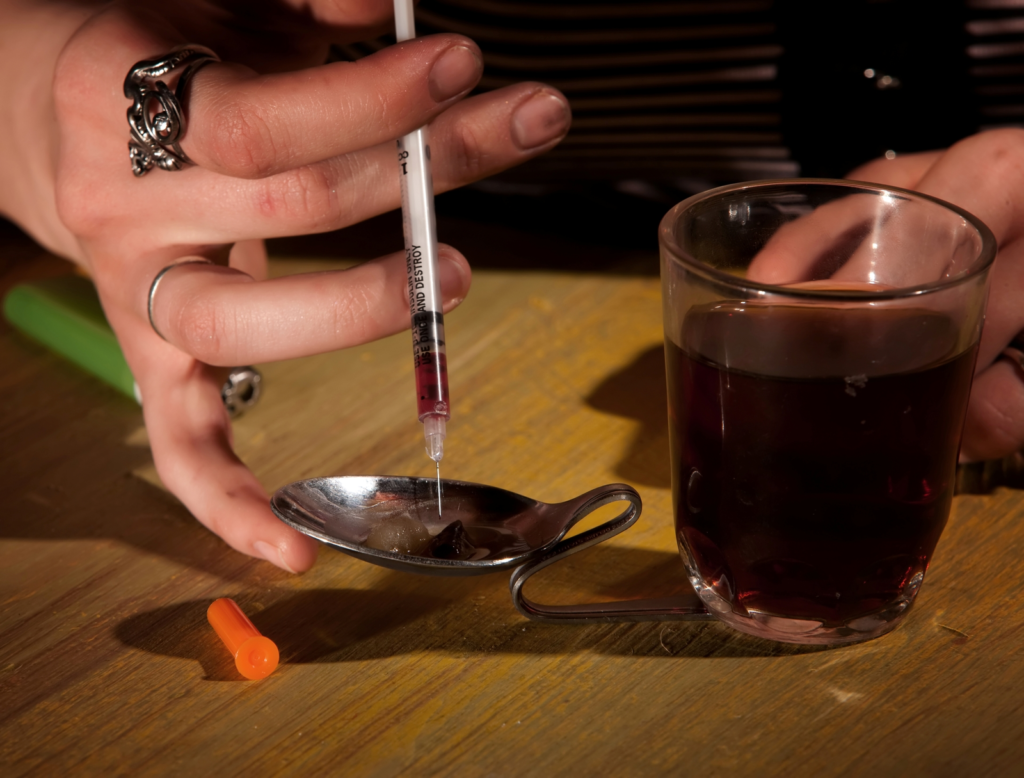Suboxone Withdrawal

A common question we hear is: “Can you withdraw from Suboxone?” and the short answer is yes, you can.
Withdrawal is caused by someone stopping a medication or significantly reducing their dosage too quickly. Since Suboxone contains buprenorphine, a partial opioid agonist, abruptly stopping or tapering too rapidly can trigger withdrawal symptoms similar to opioid withdrawal [1][2].
Withdrawal from Suboxone is (typically) less intense than withdrawal from full opioids like heroin or oxycodone, but it can still be uncomfortable and is (normally) longer lasting. Medical supervision and a carefully managed tapering plan are crucial to minimizing withdrawal discomfort and achieving long-term success [4][6].
Suboxone Withdrawal Symptoms
Suboxone withdrawal symptoms can include:
- Anxiety
- Aching
- Sweating/Chills
- Insomnia
- Fatigue
- Gastrointestinal issues (e.g., nausea, vomiting, diarrhea)
- Depressive symptoms
- Irritability
- And more [2]
Managing these symptoms is typically done with the safety of medical supervision of professionals with therapies, medications, and more to increase the likelihood of a successful Suboxone detox and help prevent complications from occurring, including relapse [4][5].
Suboxone Withdrawal Timeline
The Suboxone withdrawal timeline can vary for each person, but what is the general timeline someone can expect?
- Days 1-3: Initial withdrawal symptoms typically start within 24 to 72 hours after the last dose. Early symptoms usually include anxiety, muscle aches, and insomnia.
- Days 4-7: Symptoms may peak during this time, with increased discomfort from physical symptoms such as gastrointestinal issues, chills, and cravings. Emotional symptoms like mood swings and irritability may also be heightened [2].
- Weeks 2-4: Physical symptoms gradually subside, but psychological symptoms like anxiety, depression, and cravings may persist [1][7].
- Weeks 4 and beyond: Most physical symptoms have resolved, but lingering emotional symptoms and cravings may require ongoing support through therapy, support groups, and holistic interventions [6].
Medical support throughout withdrawal is essential to ensure safety, comfort, and sustained recovery [4].
How Long Does Suboxone Withdrawal Last?
Suboxone withdrawal typically lasts several weeks, with acute symptoms peaking in the first week and diminishing over the following 1–2 weeks. Some psychological symptoms, such as anxiety or cravings, may persist for several weeks or months [1][2]. Tapering under medical supervision can significantly shorten withdrawal timelines while also making them more comfortable. [4][5].
What Helps with Suboxone Withdrawal?
Several strategies can help manage and alleviate Suboxone withdrawal symptoms effectively:
- A Suboxone detox program like Paramount Wellness Retreat
- Hydration and nutrition
- Exercise
- Holistic approaches [4]
Medication That Helps During Suboxone Withdrawal
Common medications used to help ease symptoms of suboxone withdrawal include:
- Sublocade – This extended-release form of buprenorphine, administered as an injection, lasts one month. Though it contains buprenorphine, the single injection helps people ” jump off” without needing to break down the dosage further than they already have. Since it is administered by a professional, it also has a lower likelihood of misuse [4][8].
- Clonidine – In the drug class of Antihypertensives, this medication is a non-narcotic support medication for opioid withdrawals, including suboxone withdrawal and tapering, to ease symptoms [3].
- Naltrexone – Another common drug used for opioid withdrawals, including Suboxone withdrawals, that blocks opioid receptors to prevent the effects of opioids in the nervous system. Vivitrol is a brand name for Naltrexone in an injectable extended-release form, which is also used for alcohol dependence since it has been shown to reduce cravings for alcohol and opioids alike. [4][5].
Suboxone Withdrawal Support at Paramount Wellness Retreat
At Paramount Wellness Retreat, we provide compassionate, personalized care and guidance throughout your Suboxone withdrawal process and can administer alternatives, such as Sublocade, to help make withdrawal more comfortable. Our team of professionals will provide comprehensive medical supervision, individualized tapering plans, and holistic strategies designed to ease withdrawal symptoms and promote lasting recovery. Reach out today to learn more about how we can support you every step of the way.




